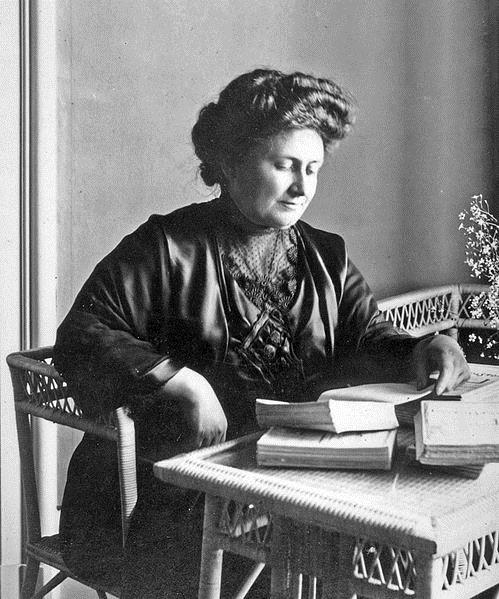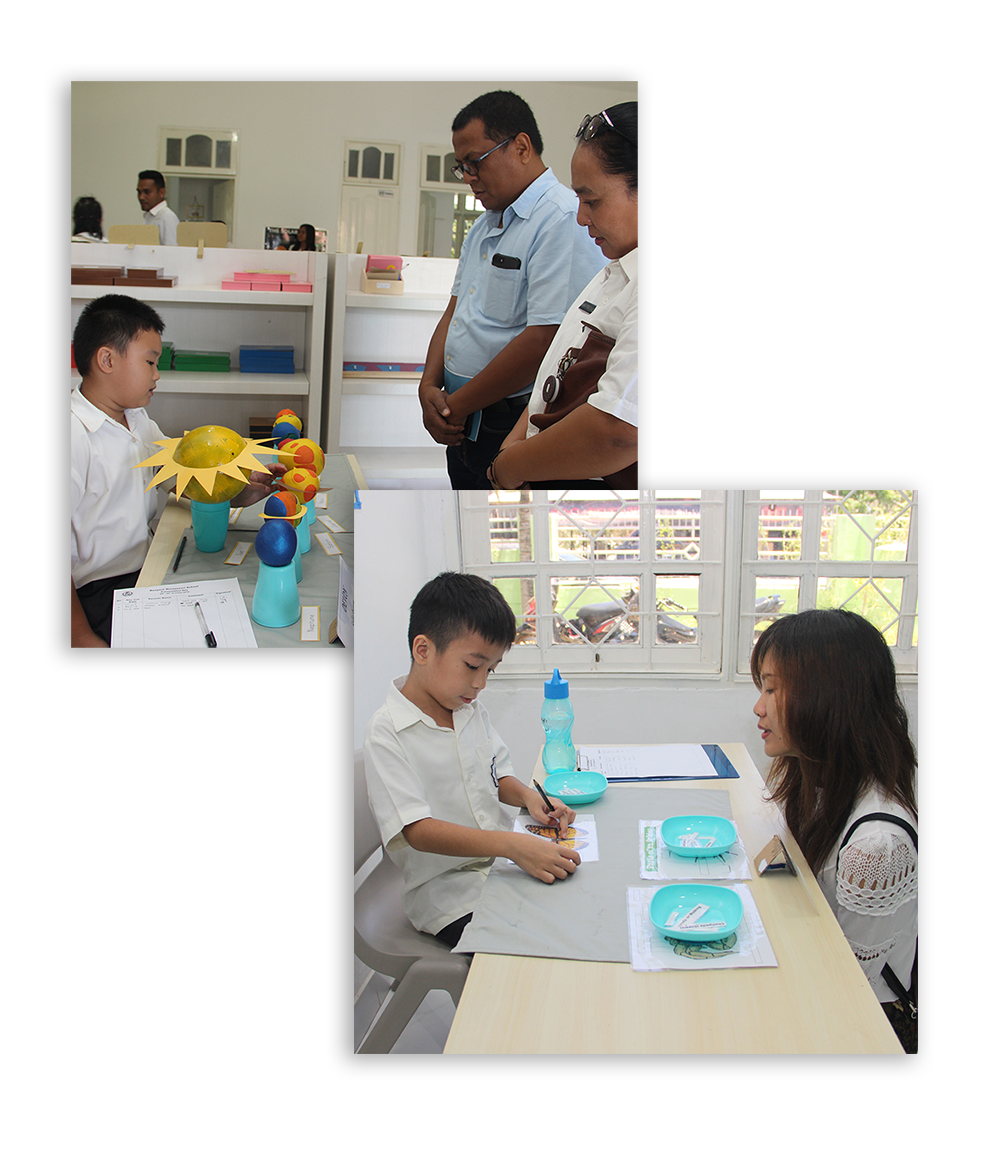At the core of Montessori is the belief that the work of education is to shape the future of humanity, and that the human spirit is a precious and limitless thing to be nurtured and inspired.
Dr. Montessori’s method is time tested, with over 100 years of success in diverse cultures throughout the world.
Her tenants and practices, now popular in many of today’s educational models, have been promoted by noted educators and scientists across time and place. Montessori education is different from the traditional modern approach, and these are some of the core concepts that define our program :

Responding to Student Interest and Readiness
Deepening Learning through Mixed Age Communities

Montessori communities each include students from a range of ages, typically of around three years. This mixed-age format confers a number of advantages upon students.
In a mixed age classroom, the Montessori faculty has an opportunity to get to know each student over the course of several years. She also has a much larger curriculum to present a child who is devouring one subject at a rapid rate, giving students a substantive opportunity to learn at an accelerated pace.
Also, Montessori classrooms provide the incredible opportunity for students to learn from and teach their friends. In looking up to older students, they become eager to learn the lessons they have not yet reached.
In seeing younger students working, they have a chance to reinforce their expertise on concepts they have already learned through repetition. All students benefit from older students mentoring their younger classmates.
There is also an established classroom culture, shaped by the returning, older students. This culture easily absorbs new students and minimizes the adjustment and community-building period for the entire class at the start of each new school year.

Creating Engaging Environments for Learning
Montessori observed that students are more likely to engage with their work in a prepared environment created to suit their needs, and that this prepared environment worked best when it was both home-like and beautiful to students.
Respecting the Burgeoning Capacity to Concentrate
In our Montessori communities, interruption is minimized to allow each child to focus and enjoy her own successes – and not just through the uninterrupted work period. One of the most-referenced imperatives Montesssori gave us was to “follow the child.” What this means at Aidan: our Montessori faculty are observers much more than they are lecturers, watching to see when new lessons are needed and allowing each child to overcome failure without unneccesary intervention.
Montessori materials have a self-correcting element.

To cater for the needs of the 6 – 12 year old who has become physically strong and has developed his/her powers of imagination to a point where the walls of a classroom are too confining to fully allow for his/her development, an important aspect of Montessori education is taking the 6 – 12 year old out into the environment, for the first hand experience wherever possible. Therefore, excursions are considered an important and integral part of the child’s education.
All classes have an age range of three years. The reason for this is that the older children act as role models for the younger children, they instruct the younger children, reviewing concepts themselves in the process.
Patience and confidence are reinforced and practised. The older children are able to work at their own level, and if this happens to be lower than their peers, then without this becoming obvious to their peers. Younger children can also work at a level above their peers without it becoming obvious. Younger children seek help and assistance of those more experienced than themselves. They begin to learn to seek the help to help themselves.
